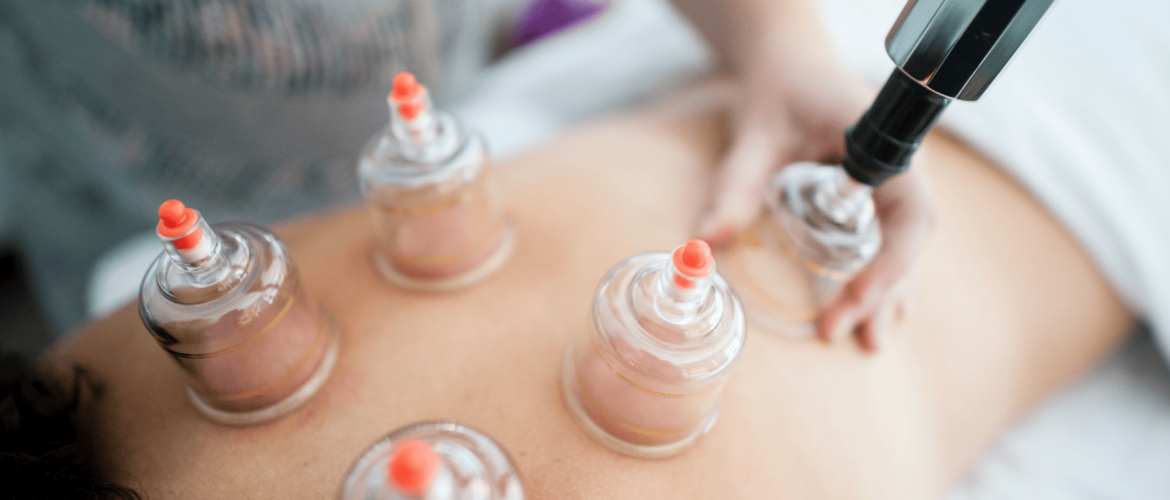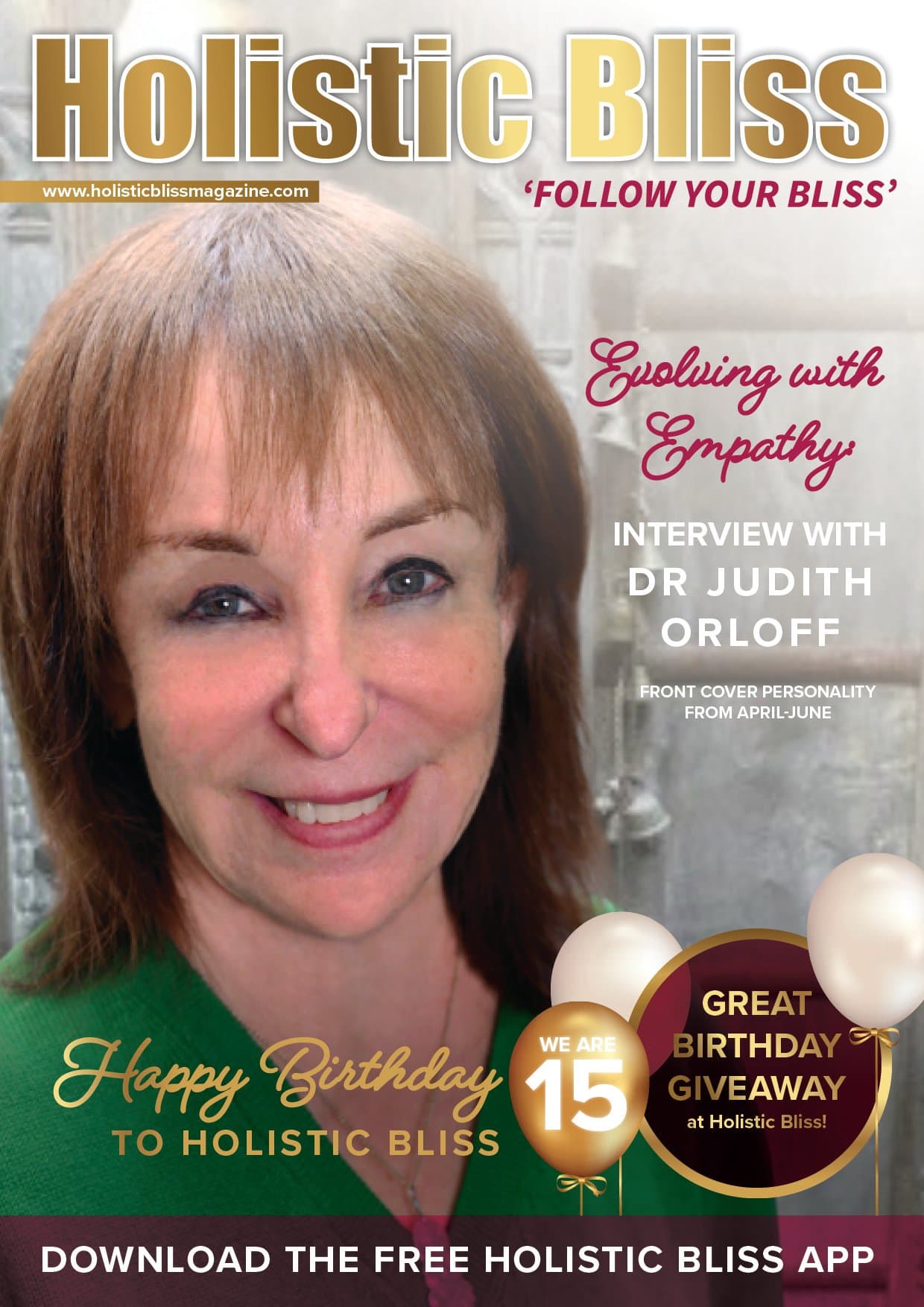Cupping Therapy is one of the oldest forms of treatment known. While the origins of cupping therapy are debatable, historically it can be found throughout European and Asian cultures. More recently we have seen cupping take on a modern theoretical approach. Western methods of cupping have for the past few decades become a popular complimentary therapy used in many wellness and natural therapy centres.
At Zen Chi, both our Acupuncturist and other Oriental Remedial Therapists will use more traditional forms of cupping therapy while our massage therapists will often utilise a technique known as myofascial cupping. This method does not and will never take away from the traditional practices of cupping but rather adds a new set of methods and applications to an already effective therapy. Myofascial cupping is an effective skill that every therapist can employ during a treatment.
Myofascial cupping reduces pain and discomfort of muscles and surrounding tissues known as fascia. There are several studies that show the efficacy of myofascial cupping for chronic pain, improved circulation of blood and lymph and increased range of motion. Myofascial Cupping works by the action of suction using plastic, silicone or glass cups which lift and separate the tissue fibers surrounding the treatment area. According to Bruce Bentley, one of the original founders of Modern Cupping Theory, this technique “remodels the tissue” improving integrity and “reversing the contracture” and “releasing congestion” at the treatment area.
Treatment using Myofascial cupping may be dynamic, where a method of sliding the cup along a muscle. Alternatively, it can be static where the cup is place and left for a period of time on specific points surrounding the treatment area. Other methods that utilize myofascial cupping include placing cups on the injured muscles and then using movement to facilitate release of tension and increase range of motion.
Our therapists often use myofascial cupping in conjunction with remedial massage therapy techniques. After a consultation, our therapist will discuss a thorough treatment plan which may involve cupping. Massage may be used before or after the application of myofascial cupping and will be individual to your treatment plan.
Conditions where myofascial cupping may be used include:
- Acute or chronic muscle tension
- Chronic Back problems
- Migraines or Tension Headaches
- Decreased Range of Motion
- Neck or Shoulder Pain
- Sports Injury
- Conditions relating to posture
www.zen-chi.net.au










Add comment